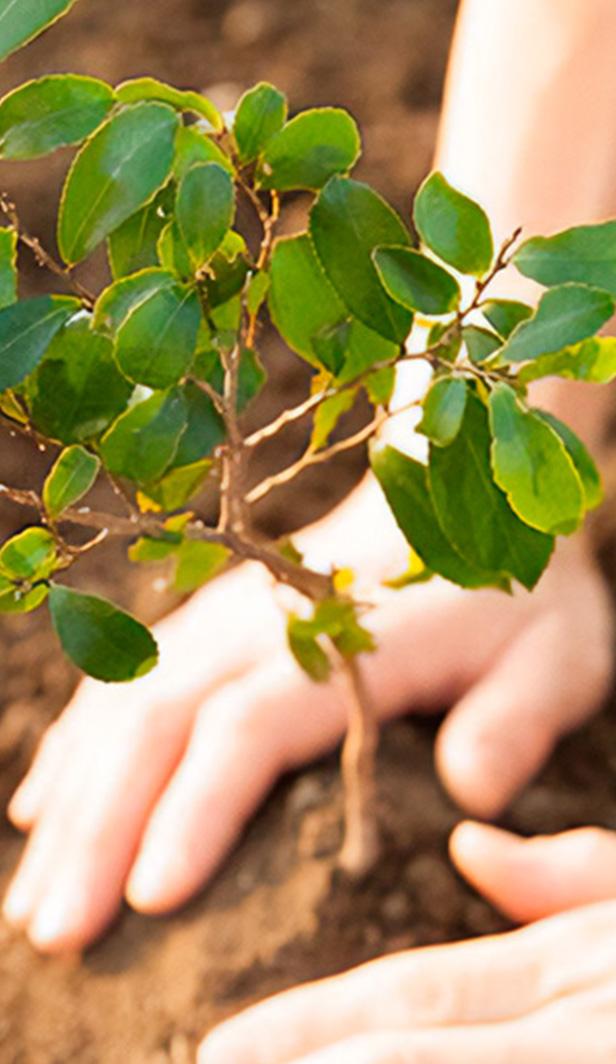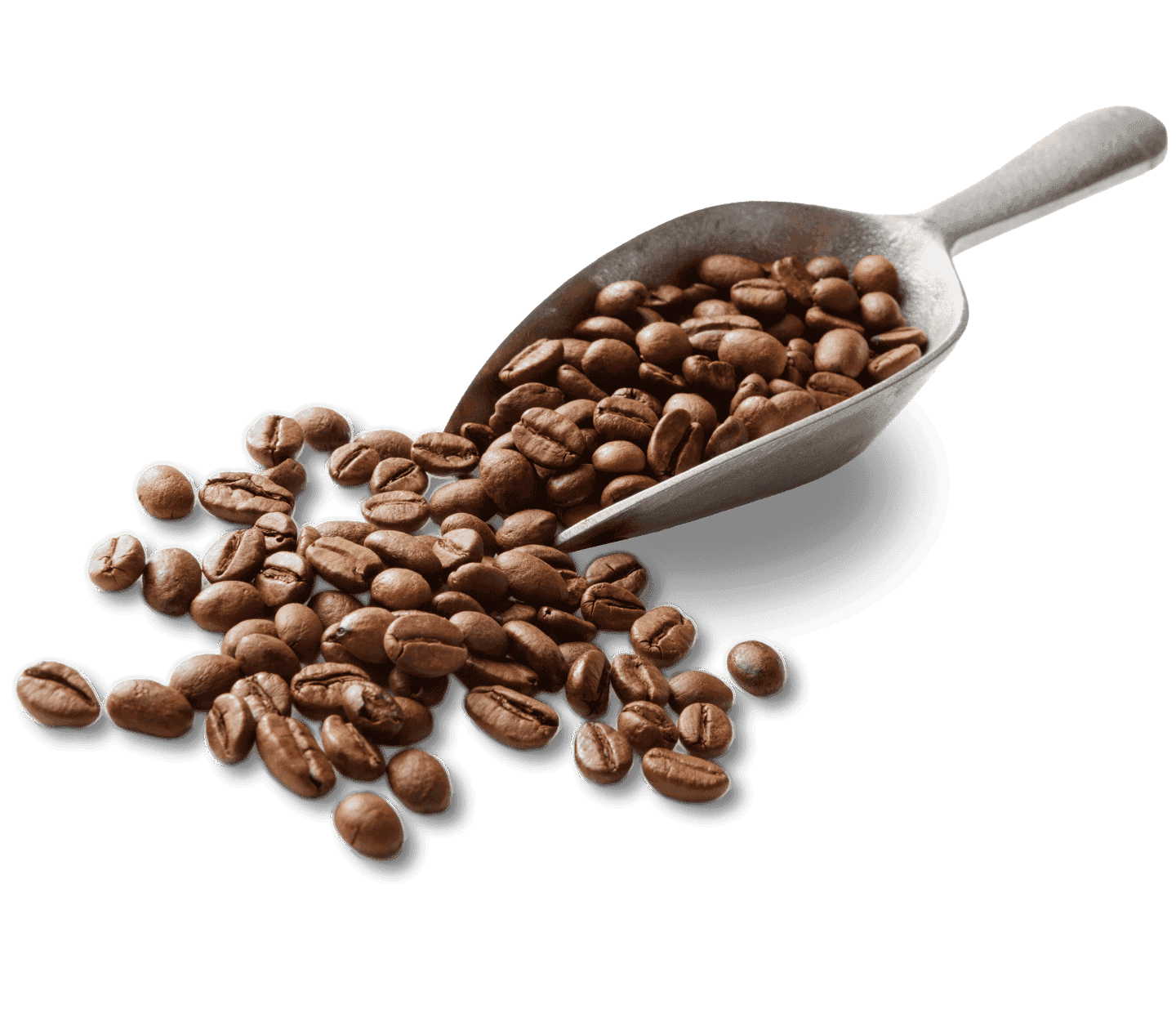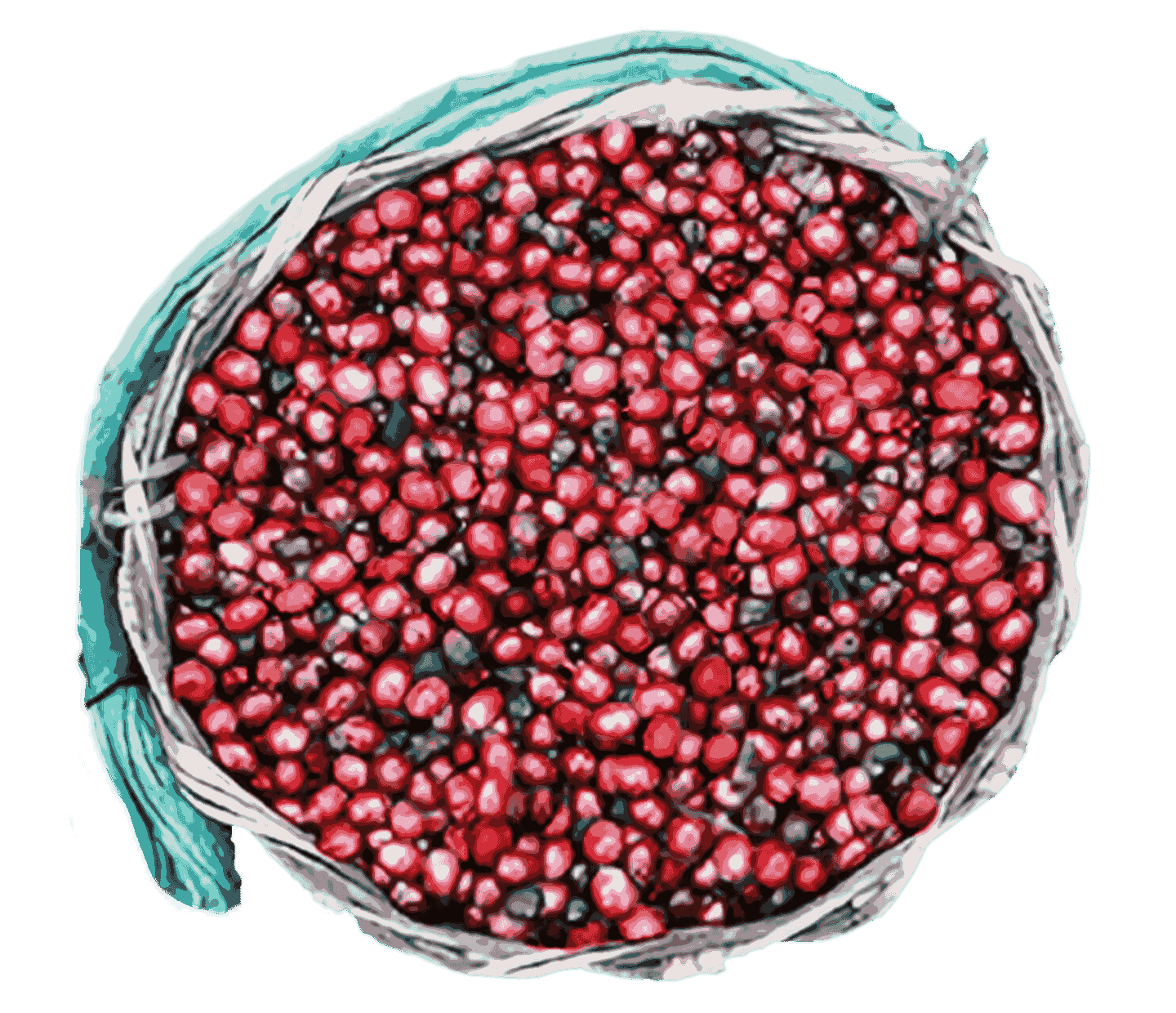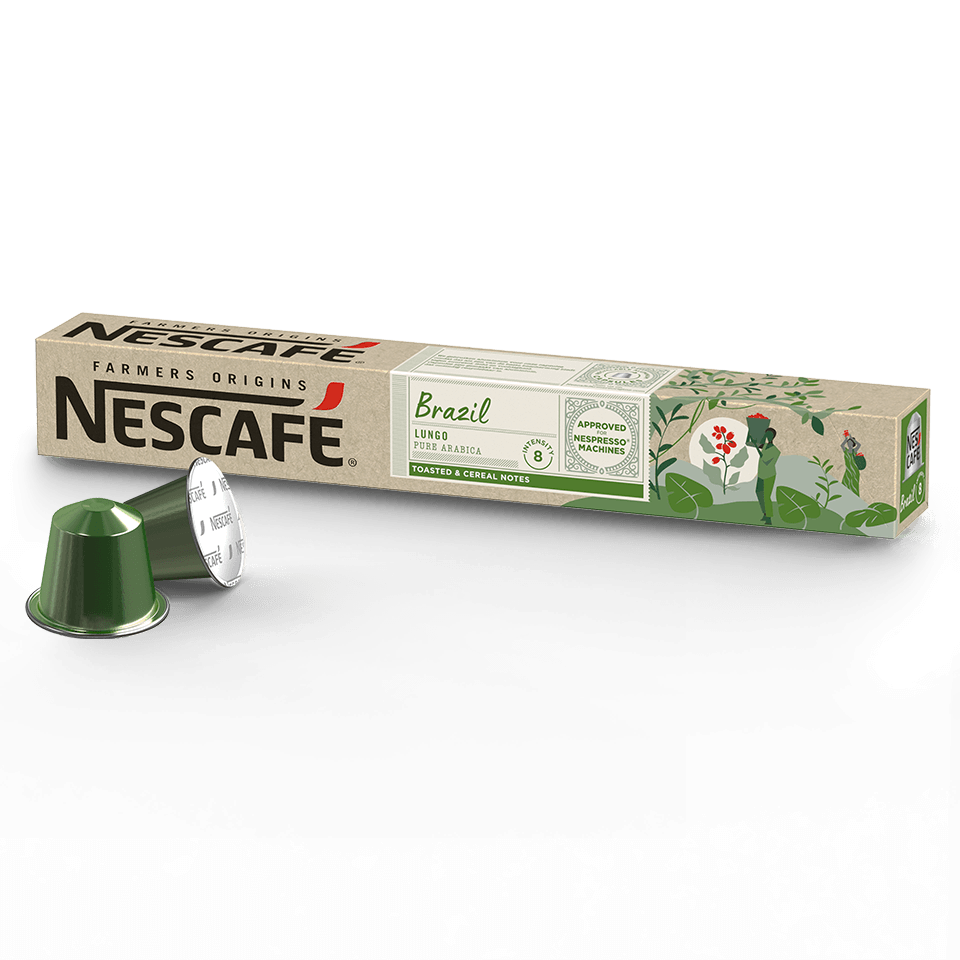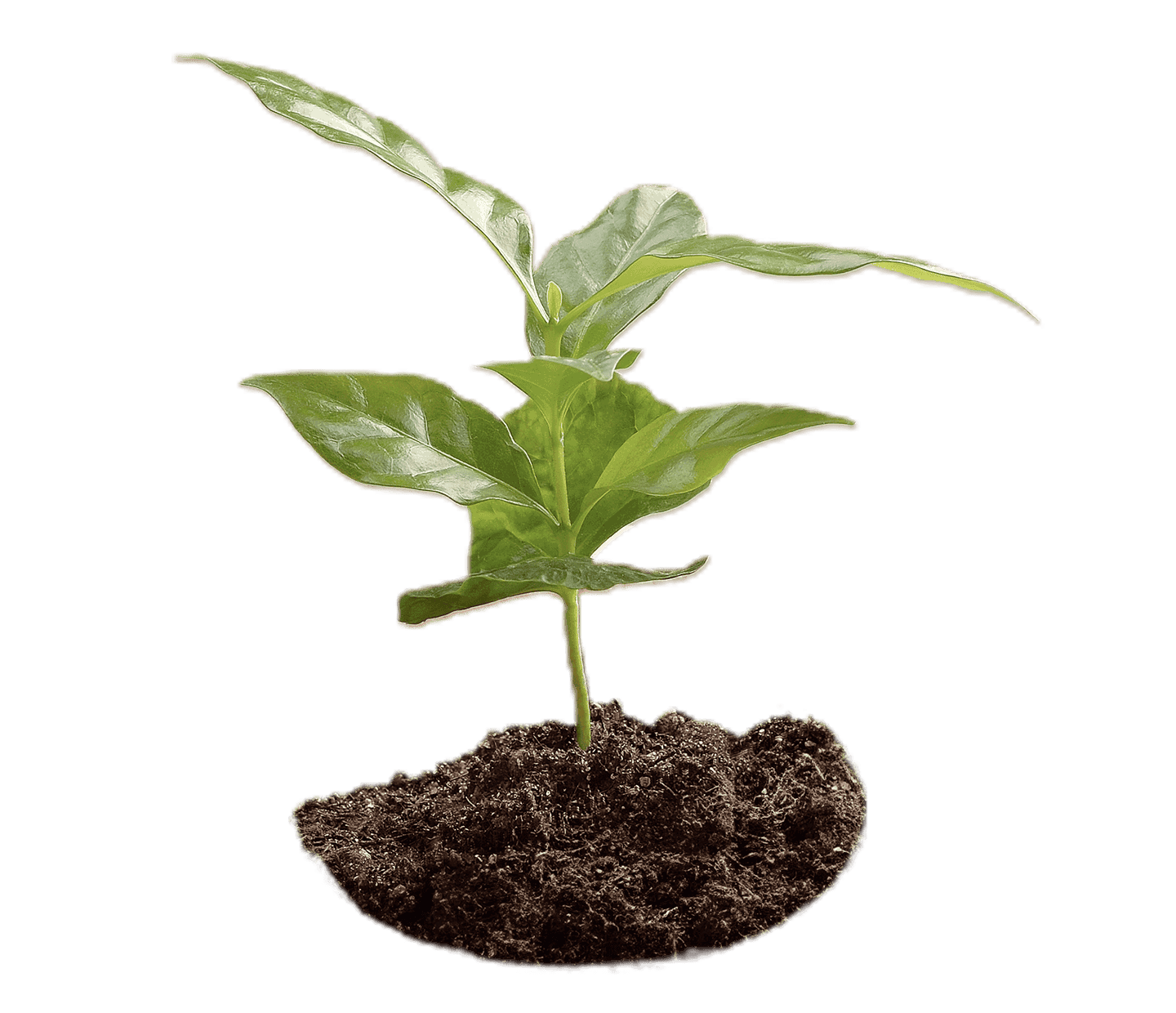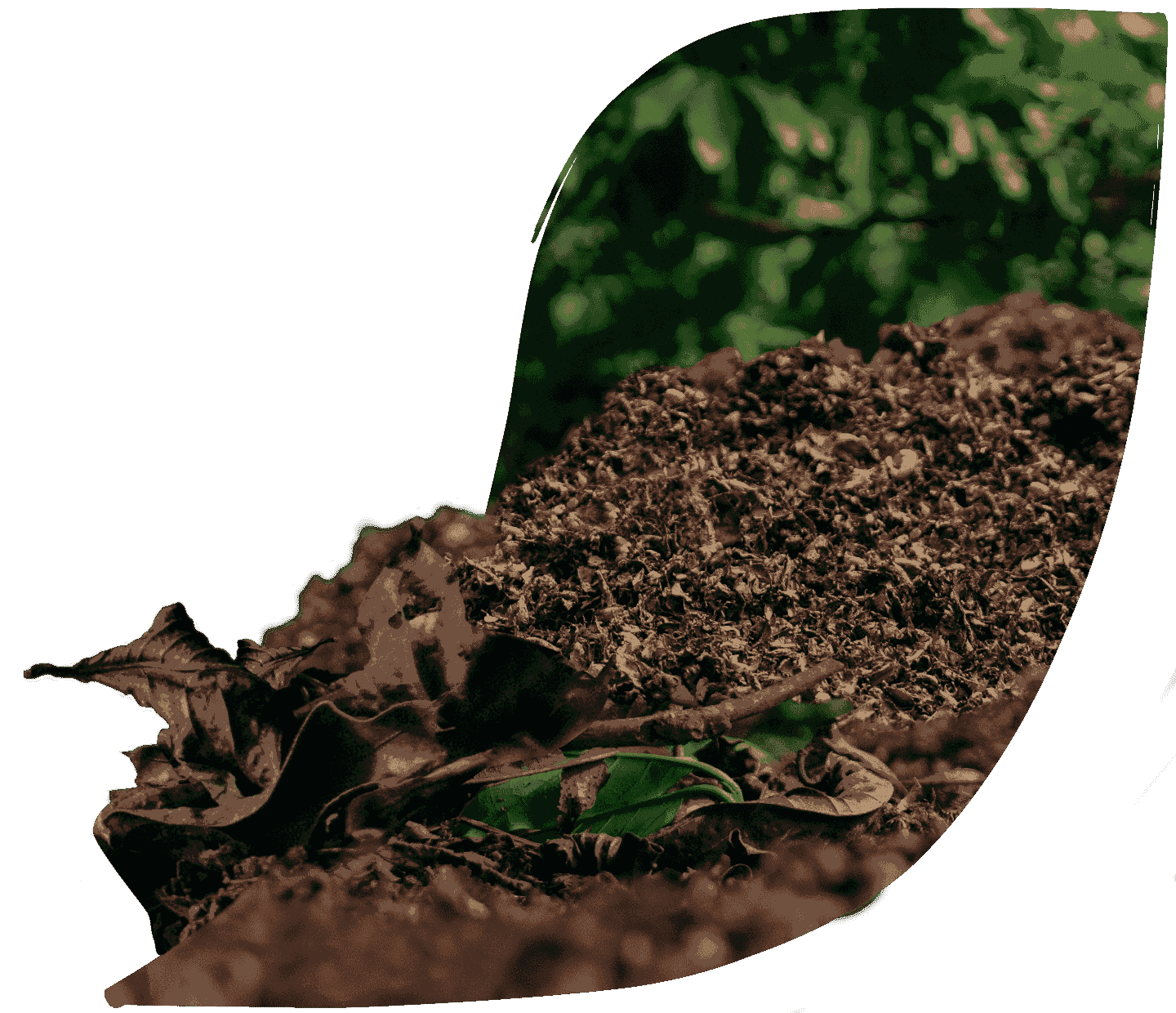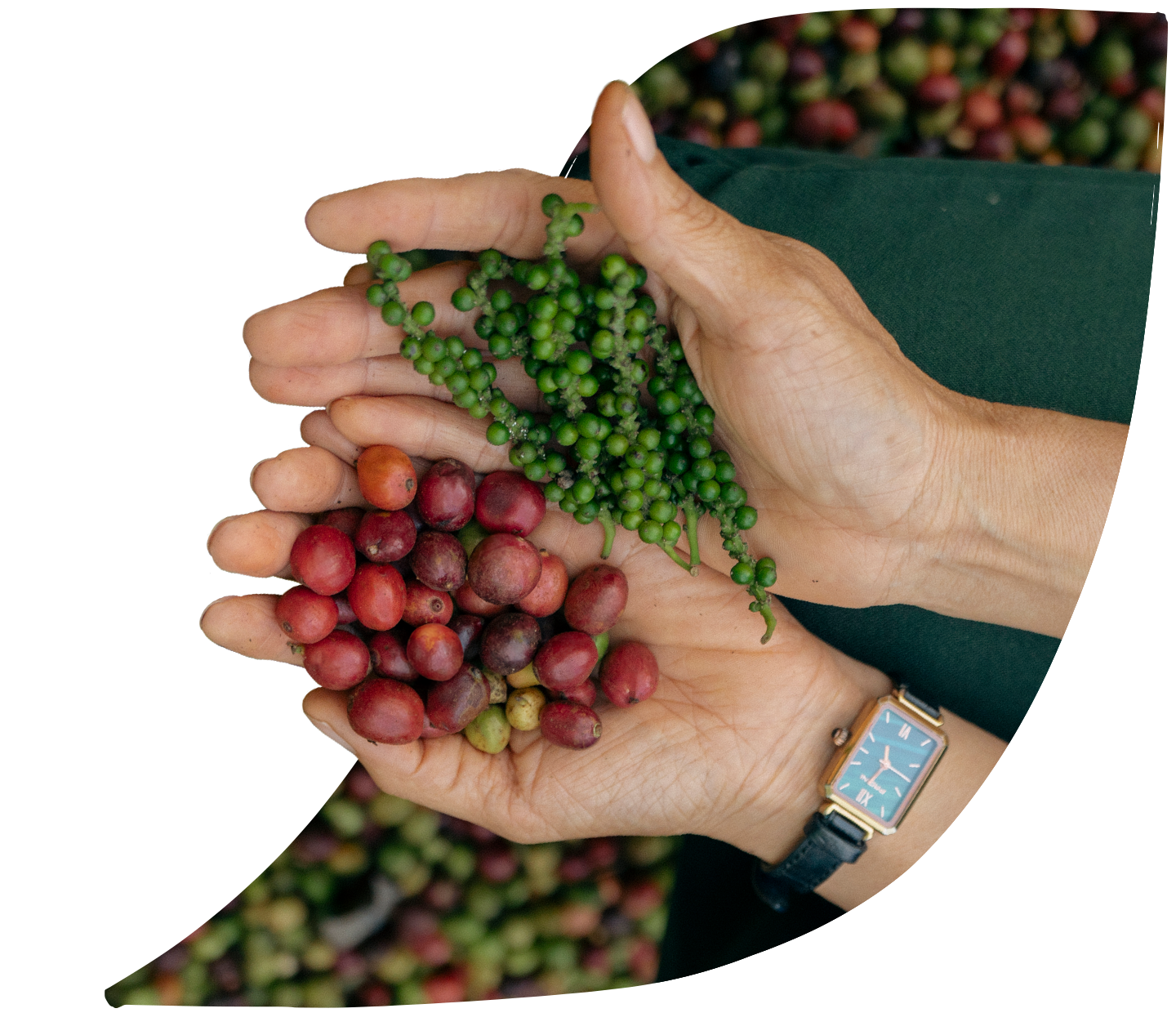Grinders in Vietnam
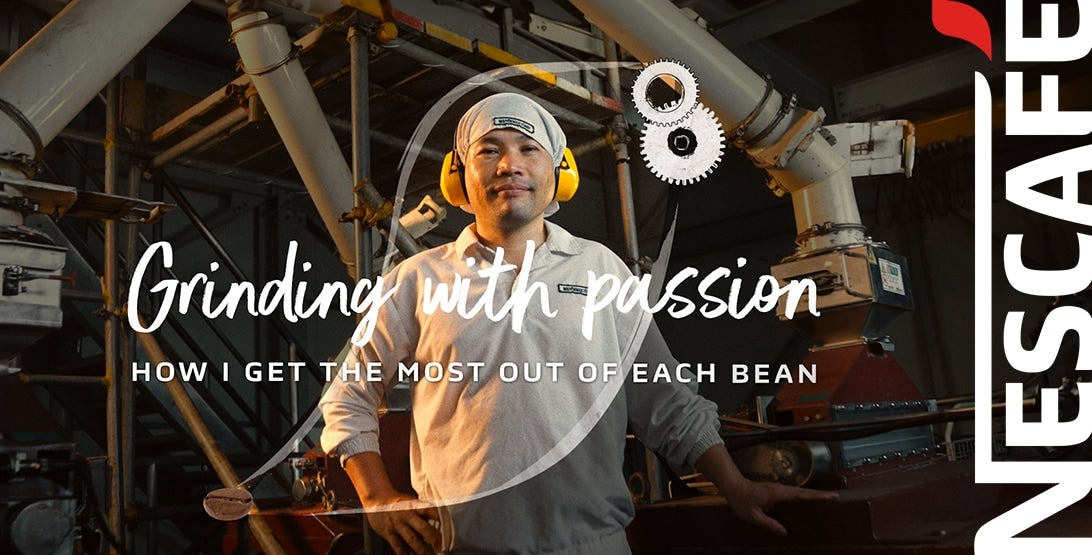
Integral skills
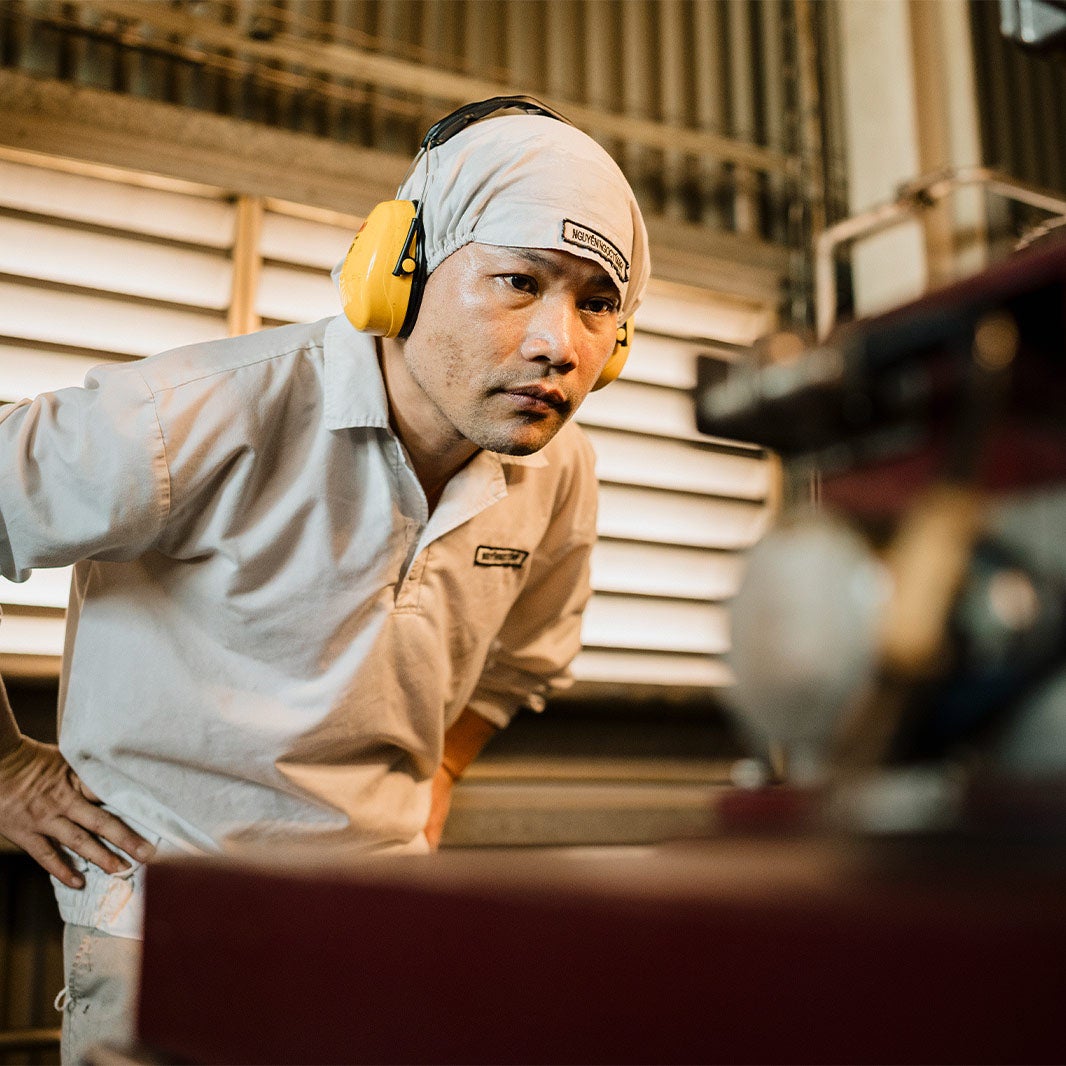
A passion for flavour
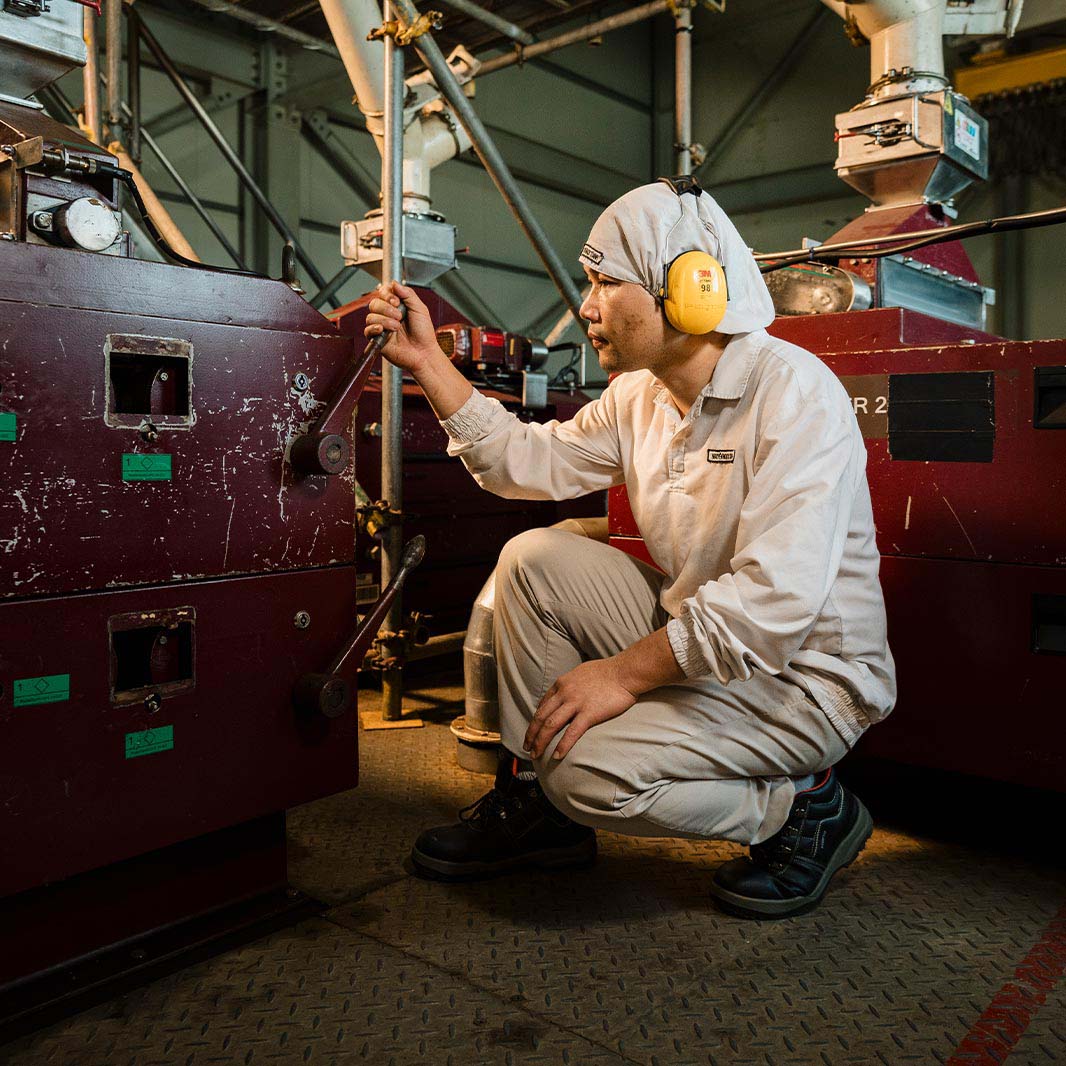
The main stages in the NESCAFÉ® pure soluble coffee creation process include: Growing, harvesting, roasting, grinding, extraction, drying and filling.



Better blends for a better world
Today’s community favourites

Roasters in Vietnam

Capturing quality
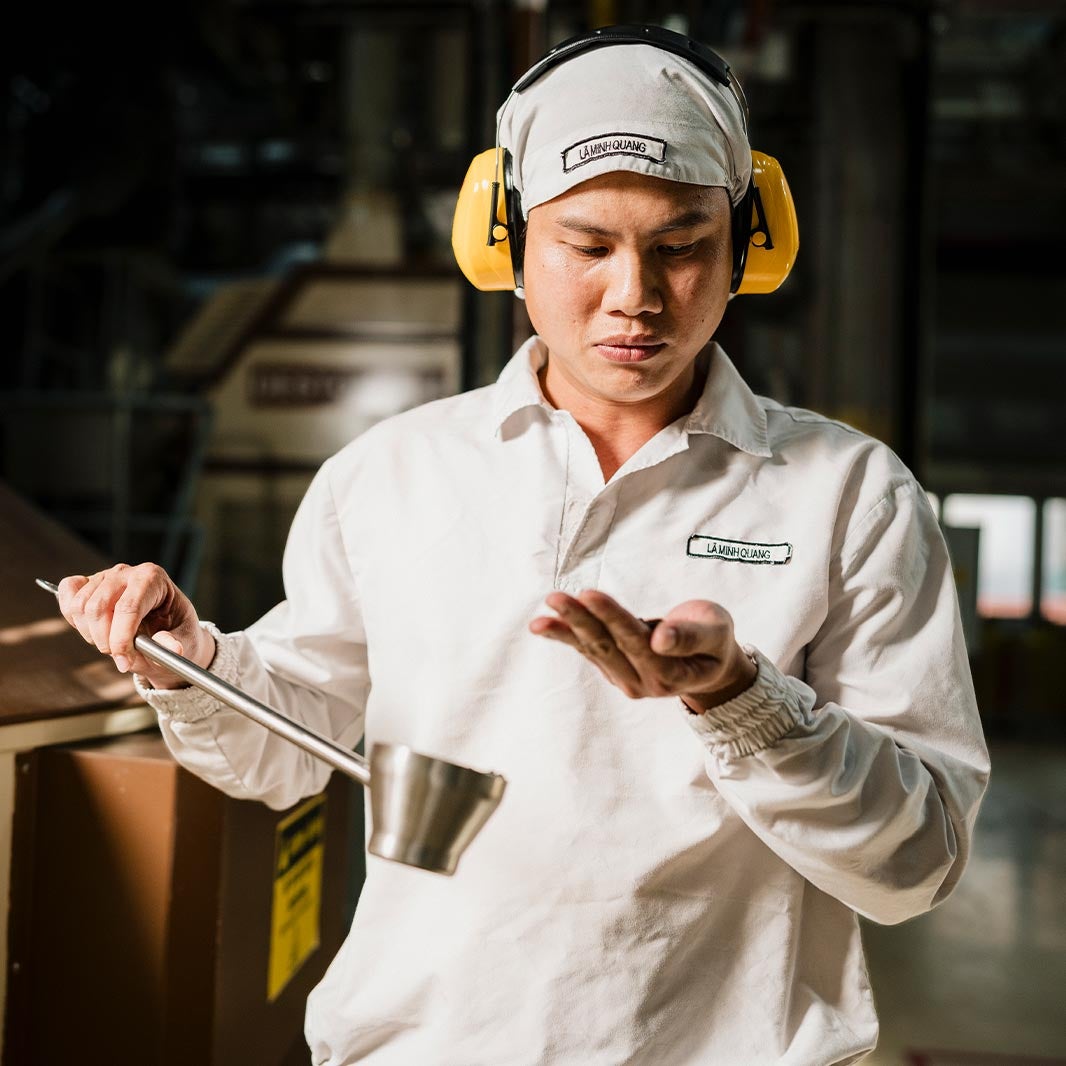
Making sense of the senses

Now that you've discovered the Roaster, why not meet more people behind every cup of Nescafe you enjoy.
Explore the dedication and skill of our NESCAFÉ® coffee artisans.



Better blends for a better world
Today’s community favourites

Producers in Vietnam

The perfect pick
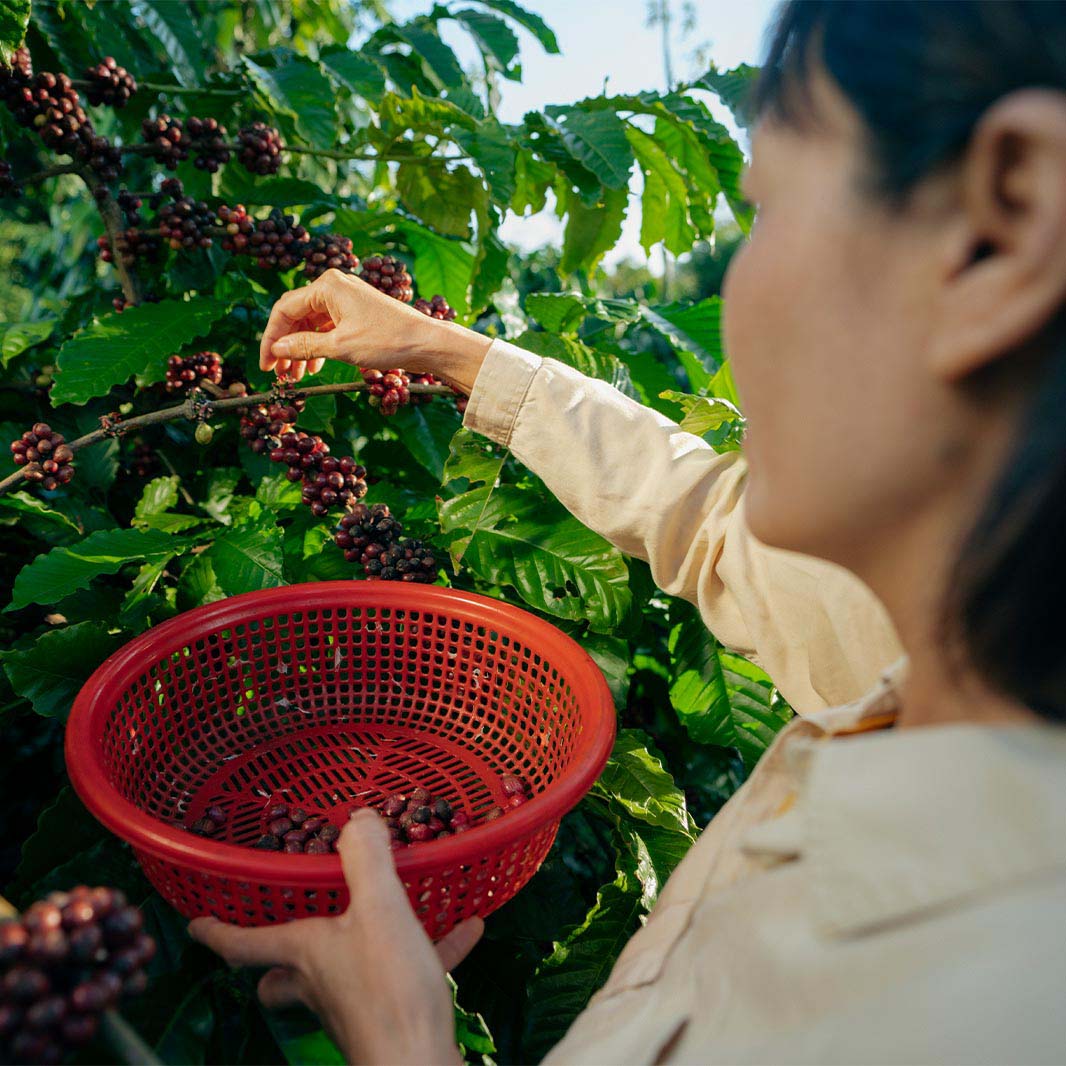
A sense of place
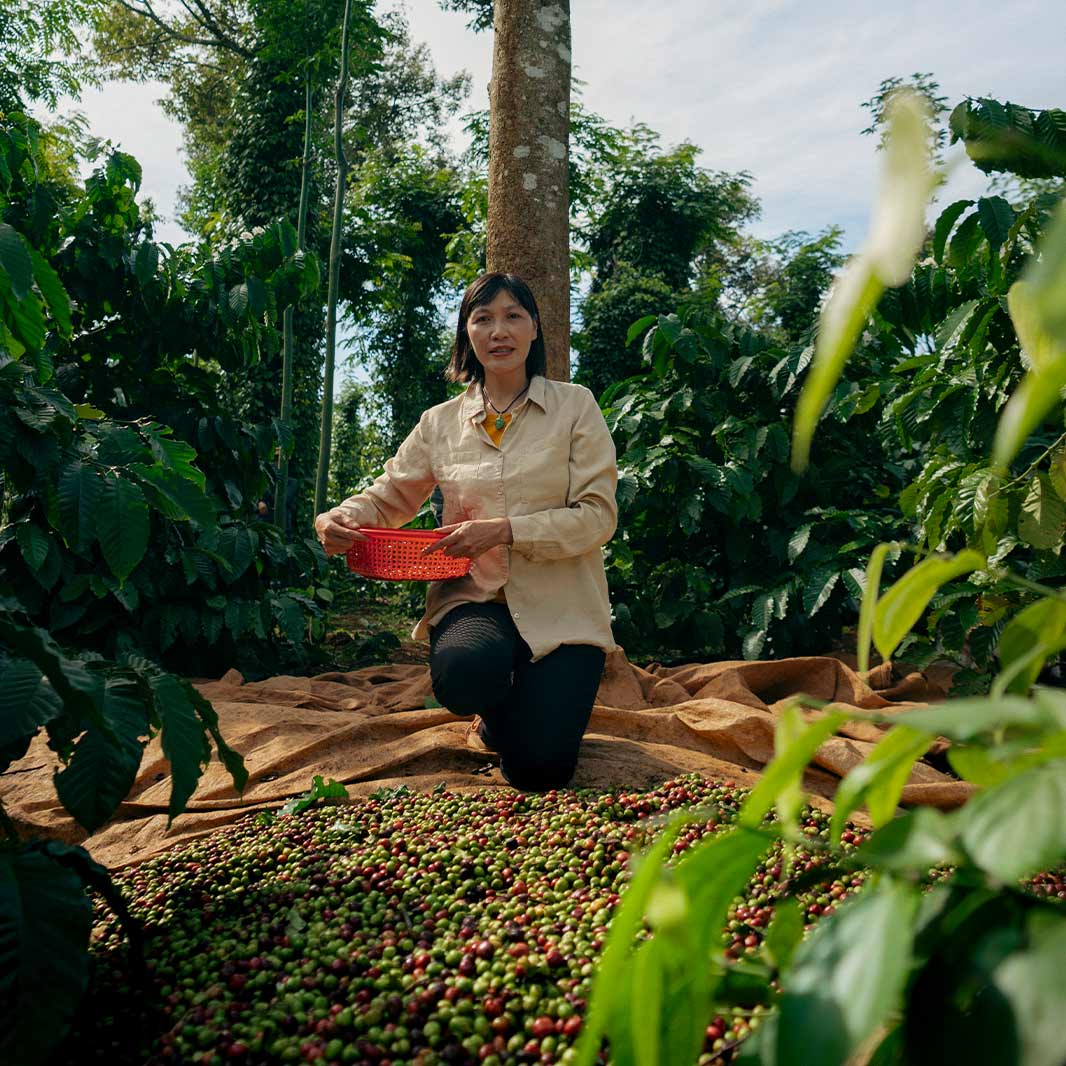
Responsibly Sourced Coffee is traceable to the farms – like Mai Thi Nhung's farm – or groups of farms where it is harvested from. It is then produced in accordance with our Responsible Sourcing Standard.



Better blends for a better world
Today’s community favourites

Agronomists in Vietnam
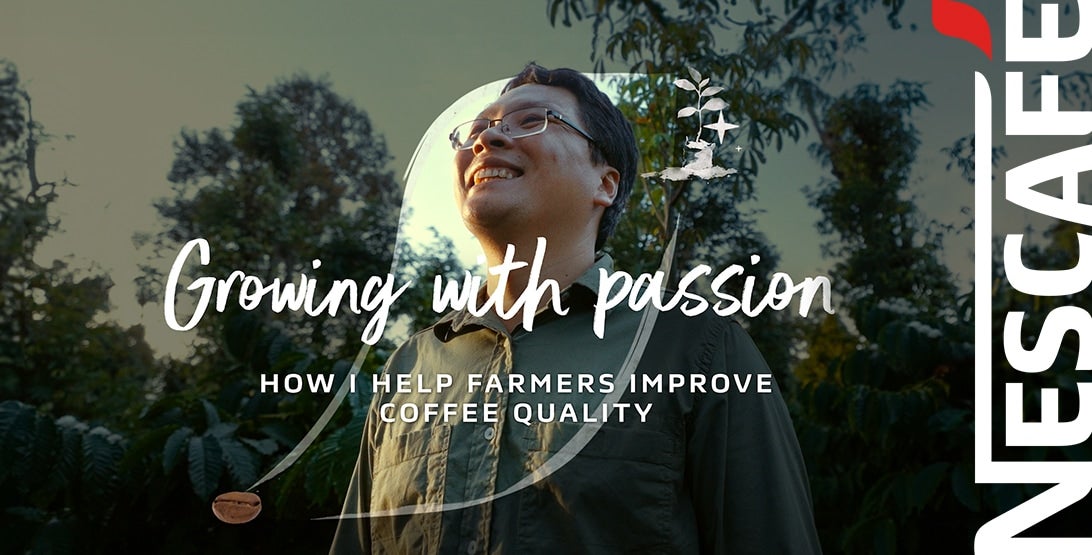
Empowering farmers with knowledge
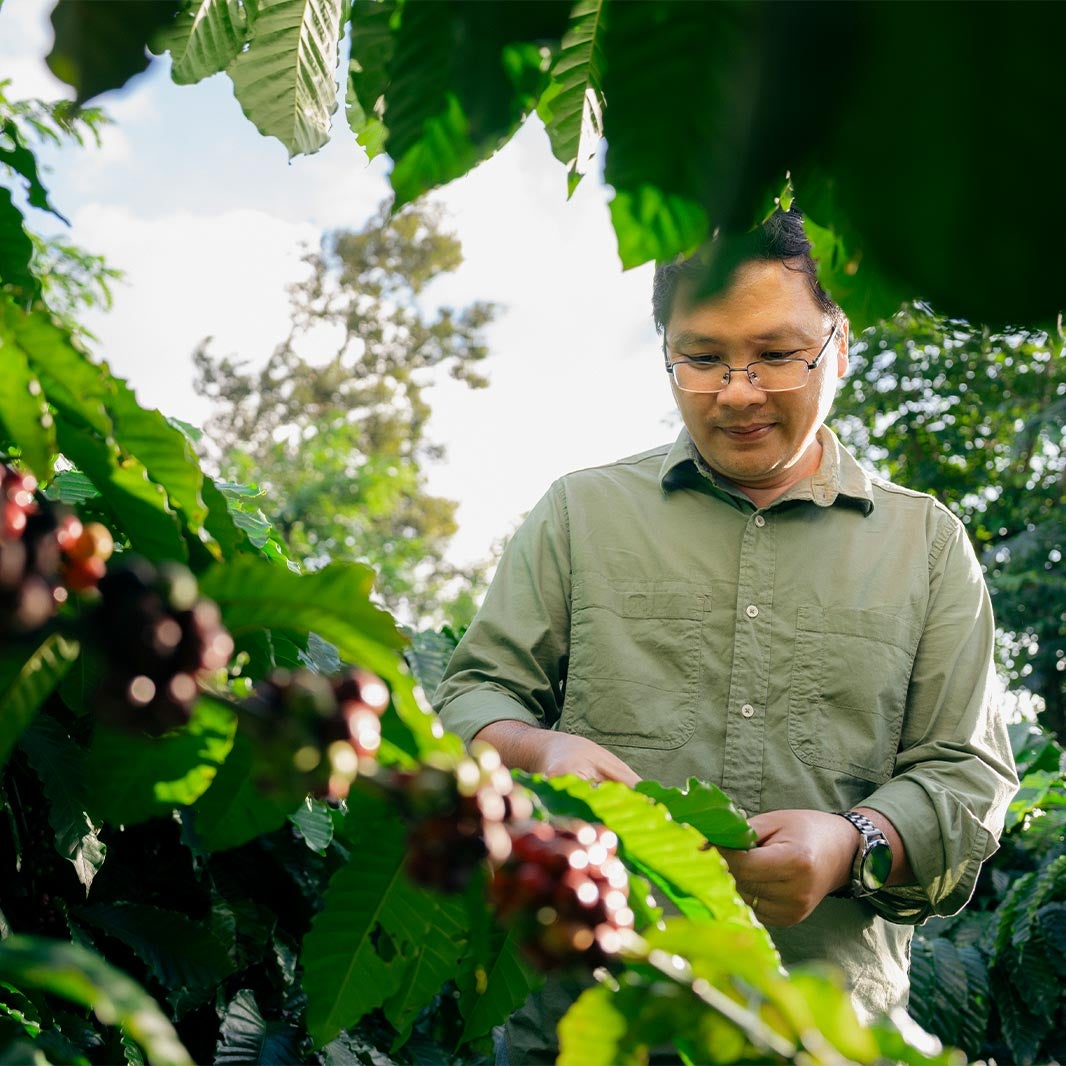
Meaningful results
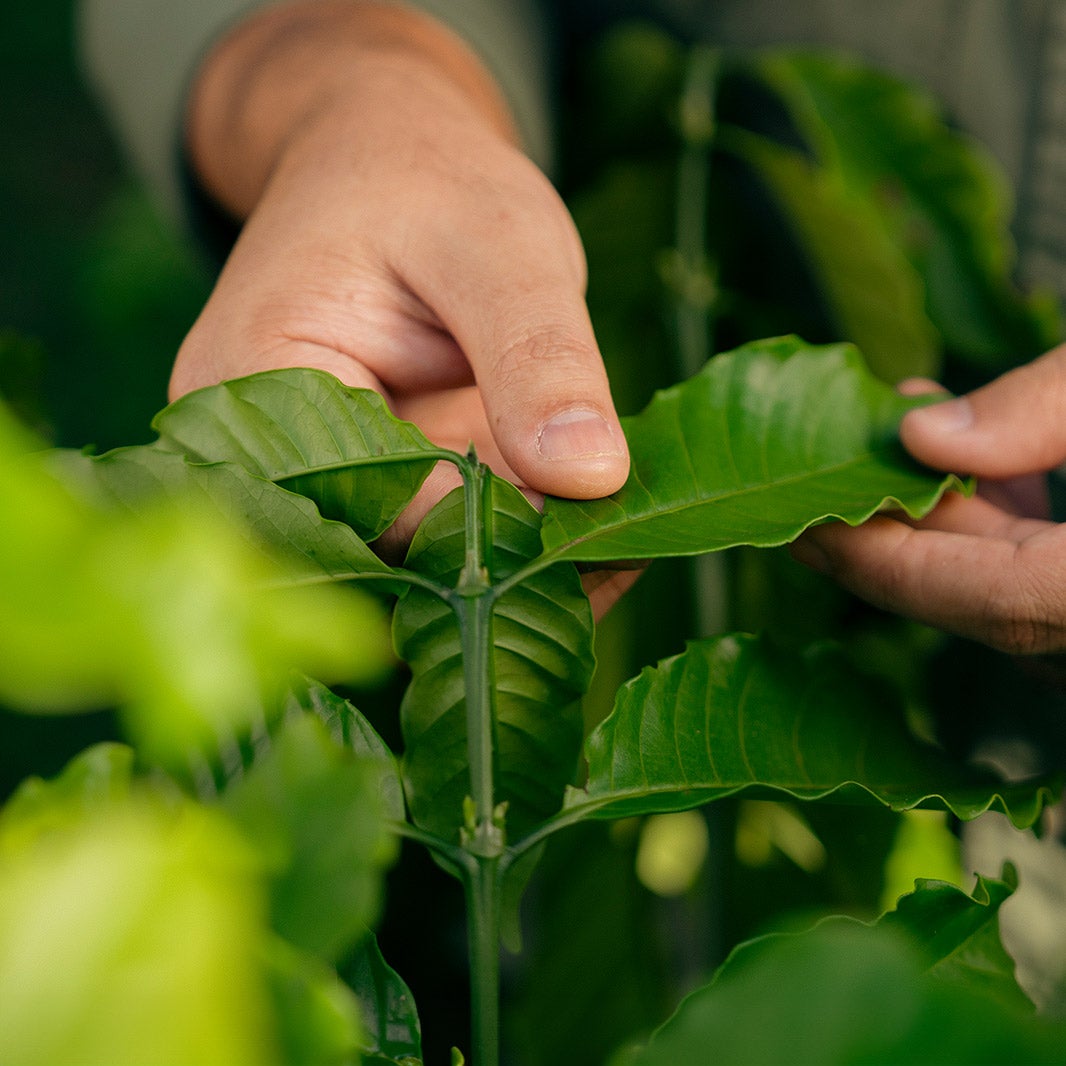
More than 800 agronomists and specialist staff worked with coffee farmers around the world, in NESCAFÉ® Plan field programmes.



Better blends for a better world
Today’s community favourites

Healthy Soil

Working with Nature

Working with Nature
Farming Smarter
Natural crop nourishing
Growing coffee in harmony
Diverse Crop Cultivation
Today's community favourites

Biodiversity

Coffee Loves Shade
Along with Sâm and other farmers around the world we host interactive training sessions where we explain the benefits of growing trees within coffee farms. This provides shade, can improve biodiversity, protect water bodies, reduce soil erosion and increase organic matter, while removing carbon from the atmosphere.
But it’s not a one size fits all solution. Here we use our scientific expertise and extensive local knowledge to find the best companion for the coffee trees in each region.

Regenerative Agriculture In Coffee

Intercropping
Implementing regenerative farming practices like crop rotation in coffee farming can lead to increased yields, disease resistance, healthier soils, and reduced erosion.1
Intercropping stands as one of multiple ways to implement regenerative coffee farming; where diverse crops coexist harmoniously in shared fields and biodiversity. Through this approach, farmers help in enriching soil, making it easier to control pests, and fortifying crop resilience.
Why intercropping?
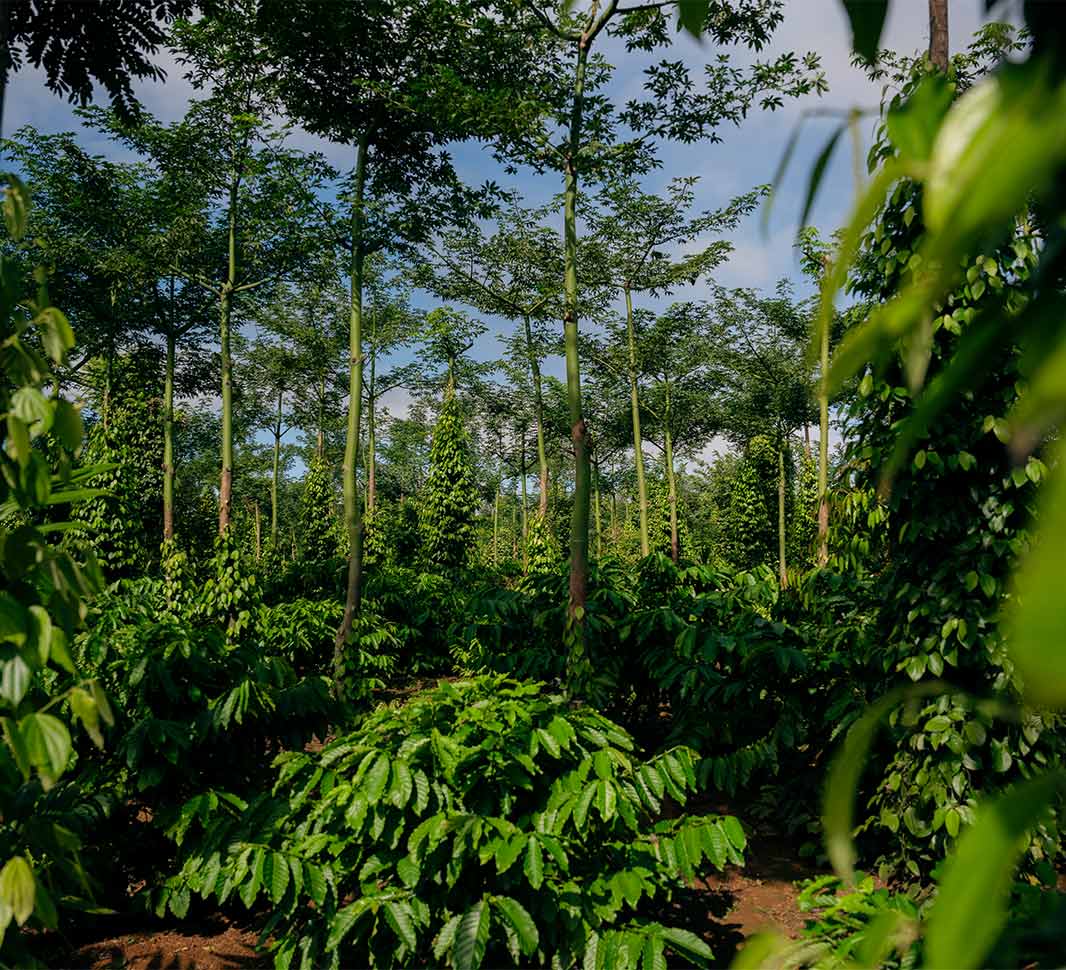
What does Intercropping mean to us?
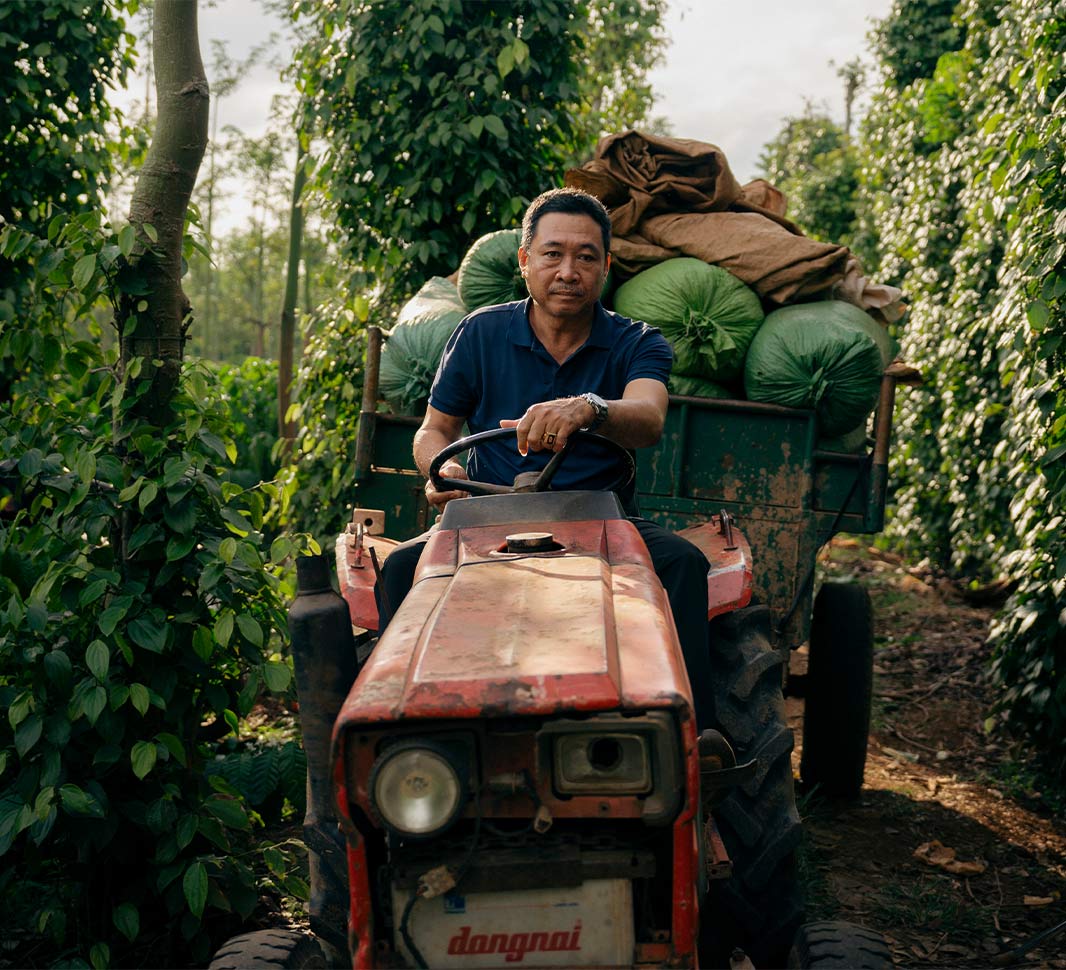

- The Nestle Agriculture Framework:https://www.nestle.com/sites/default/files/2022-07/nestle-agriculture-framework.pdf
- Benefits and Risks of Intercropping for Crop Resilience and Pest Management:https://academic.oup.com/jee/article/115/5/1350/6572575






